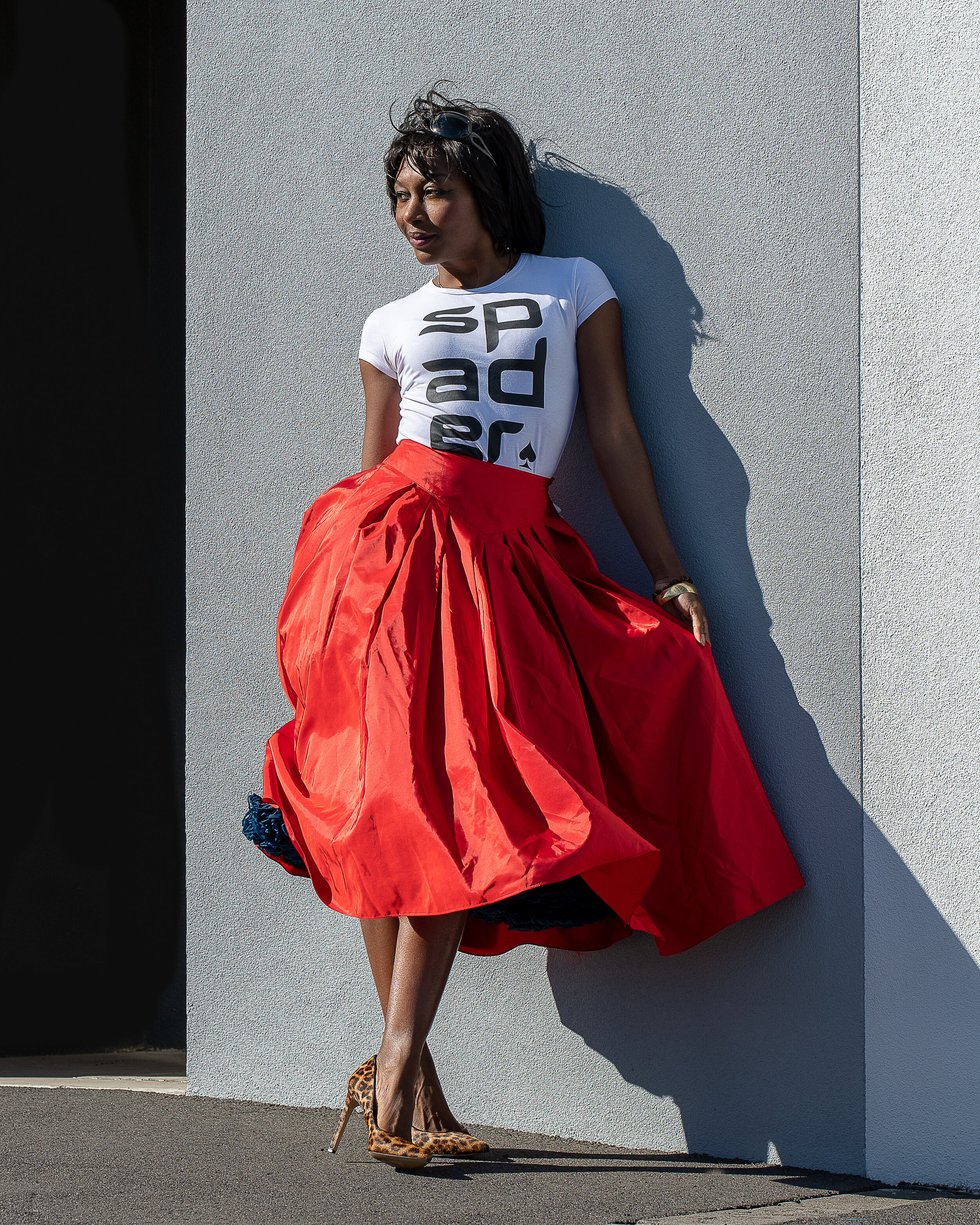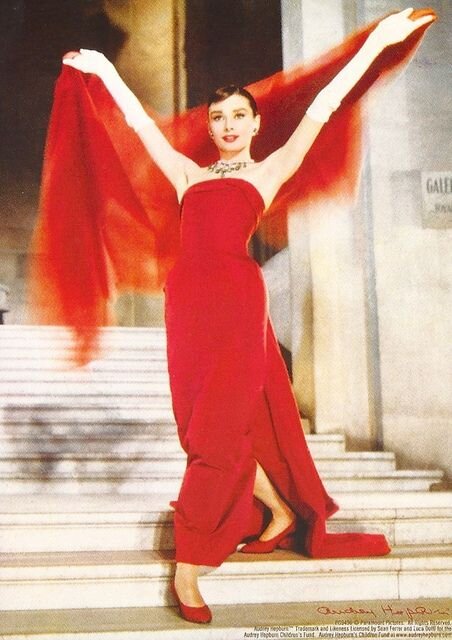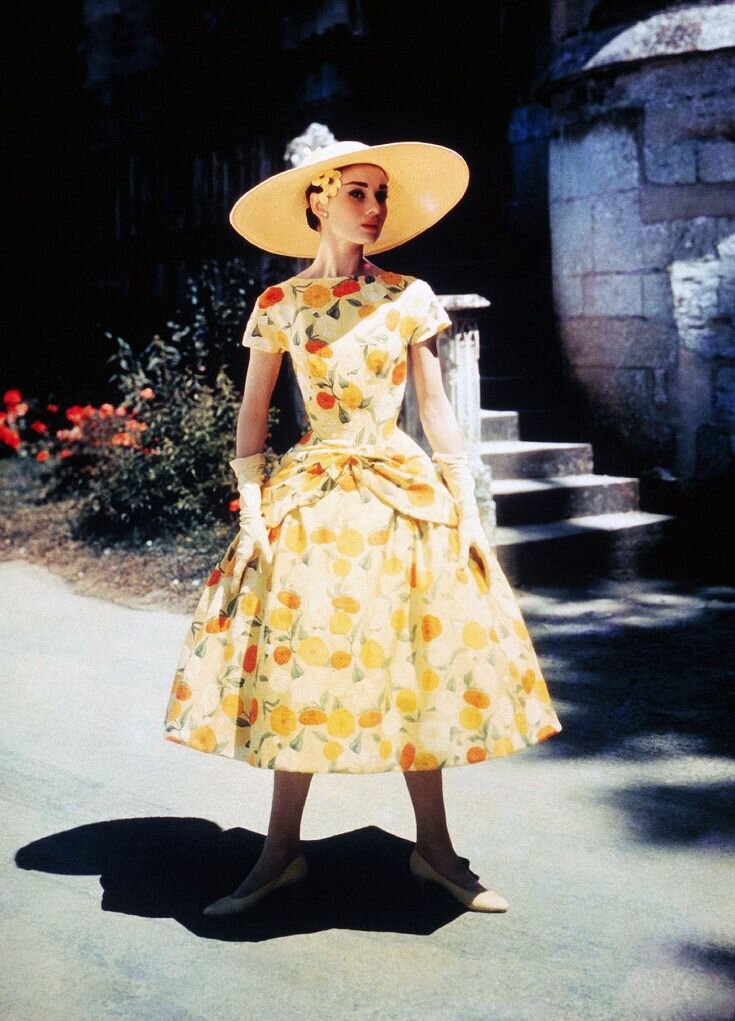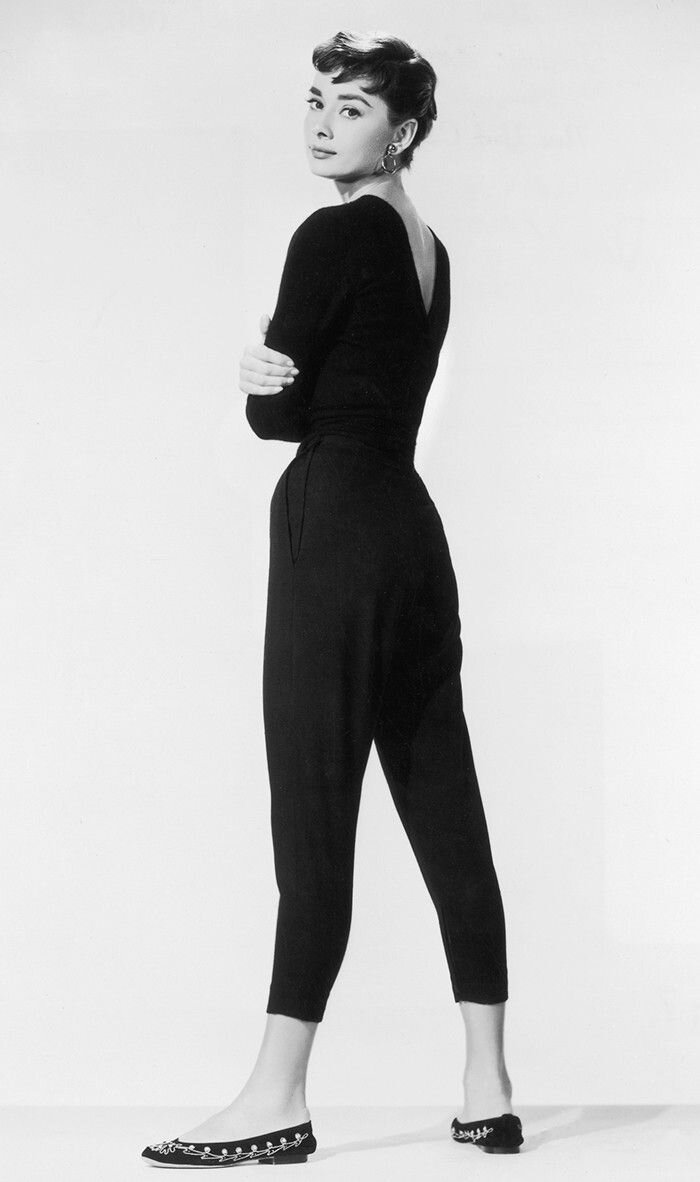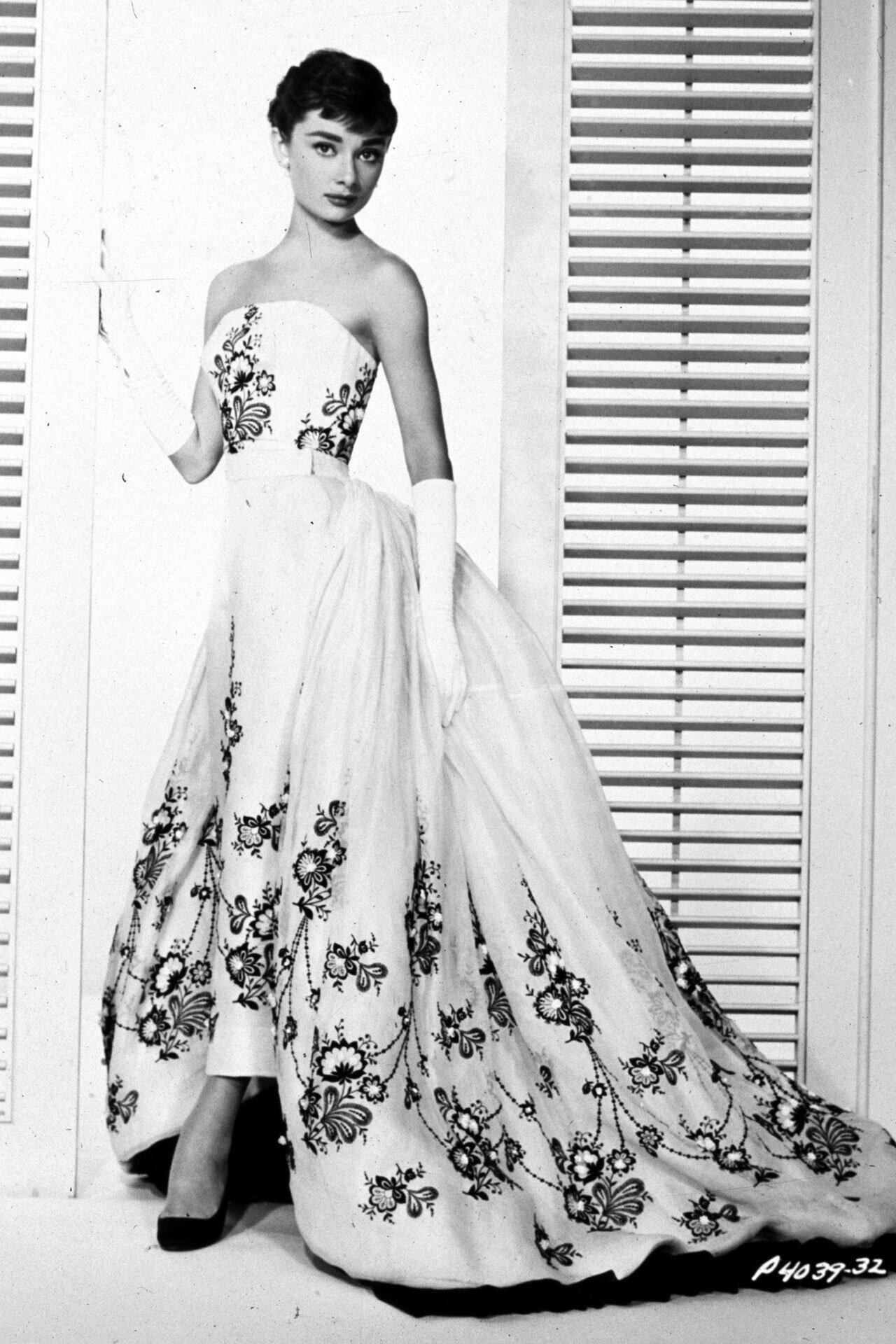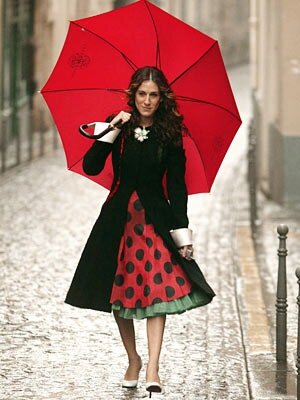Photo by Brunela Fenalte
For many of us, sustainability has been a lifelong way of being. It’s how we built and maintained our wardrobes from childhood, long before the word sustainability came into the mainstream consciousness. Except we didn’t call it sustainable. It was just a natural part of life. And still is.
My outfit is an example. In this photo I’m wearing a preloved coat that was a hand-me-down from my beautiful friend Simone, a t-shirt I got from a clothes swap I hosted and a pair of boots I found brand new at an op shop (thrift store). The leggings and vest were new. These sources are always how I got my clothes since I was a child. We repaired things when they were damaged. I wore hand-me-downs from my older siblings and my mother would sometimes buy clothes from the Goodwill and Salvation Army thrift stores for us.
Playing dress up with preloved clothing from multiple fashion eras and multiple cultures has, in a way, helped shape who I’ve become. It helped me find myself and built my career. Being exposed to the plethora of eclectic styles of garments, I had to look within to figure out which style(s) truly represented me. I’m sceptical as to whether a person can do this successfully if their lifestyle involves following trends.
The problem with our trend culture is that it has exacerbated oversupply and overconsumption to the point where we have created colossal amounts of waste. And fuelled climate change in the process. By design, trends are made to be followed so the uniformity leaves little or no room for personal growth. The other drawback of the trend culture is that it reduces opportunities for individual thinking, diversity and individual preference in some circumstances. And behind the fashion trends, lurks nothing other than greed for financial profits by those who exploit the vain and less cautious side of consumers.
Photo by Brunela Fenalte.
As I grew up, the hand-me-down culture evolved to running clothes swaps. I still op shop and it too has partially evolved to preloved online shopping. To curate a sustainable wardrobe, I’d suggest using the techniques above that I used: thrifting, swapping, repairing and buying new from ethical labels. However, to permanently establish your sense of style independence, foster lifelong habits for personal growth as well as to develop a mindset that naturally curates a sustainable wardrobe, here are some concepts:
Know thyself
If you don’t already, here’s a good way to start. Begin by listening to your inner voice. Avoid blind acceptance of what is trending for your age, community or amongst your peers. Instead, be intuitive about it. This is based on doing what’s appropriate for you. No two individuals are the same. And there is no beauty in imitation. Imitation can hamper your personal growth and minimise your potential. So, embrace and amplify who you really are.
Express yourself
Your inner self should be given expression and life when it comes to your wardrobe. Your style should correspond with your own nature i.e. reflect the person on the inside. Your values, preferences, personality, and soul should shine through. This will shatter stereotypes around you because your re-emerging individuality carries with it so much power.
Style your yourself to impress yourself
Let your personal taste alone be the deciding factor for what goes into your wardrobe, not trends. This way, you’ll experience a kind of magic where your style will adapt itself to your true nature. This can really make you feel whole and bring exhilaration to your environment. Not the other way round. What makes you happy? What pieces make you feel in alignment with your inner self? What makes you shine? Think about colours, patterns and styles that you feel drawn to. Think about things like fashion eras before your time. An example is a 26-year old man in the U.K. named Zack Pinsent who only wears clothes designed in the authentic style of the 1680s to 1920s clothing eras. This might be unrealistic for your everyday life if you’re into these styles, but you can always take pieces from theses eras and mix with more practical pieces to make it your own personal style.
Photo of Zack Pinsent. Photo courtesy Zack Pinsent
True beauty
With these concepts, a true sense of beauty arises that can become a strong support in your personal development. It frees you and makes you independent! It can bring so much balance and clarity to your life. In addition, you begin to attract your tribe because you’re declaring and living who you are. And like-minded people are drawn to each other.
If you adopt these concepts, sustainable clothing can more easily become a way of life. By default, you might keep your beloved wardrobe pieces far longer, because you’re buying what is truly best for you. Therefore, making your wardrobe far more sustainable. And you might experience a deeper sense of alignment with self and your environment.
STYLING
Far too often, winter clothes are made of neutral and dark tones. So, I opt for bright colours to brighten up the cold winter days. My hack? Wear a colourful t-shirt over long sleeve thermal top, a pair of leggings, a long top to cover the top section of my leggings and a cool pair of knee-high boots. Topped off the look with this gorgeous red patterned coat!
Styling tip: You can keep feeling that summer vibe by using your summer clothes in winter. Hack the summer outfit by simply wearing thermals underneath: a long sleeve t-shirt or leggings.
♥ Nina Gbor



